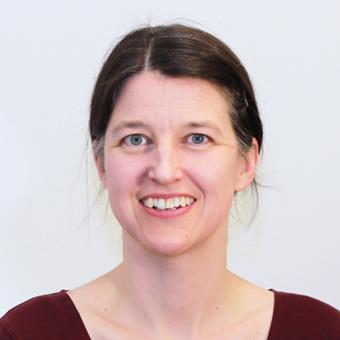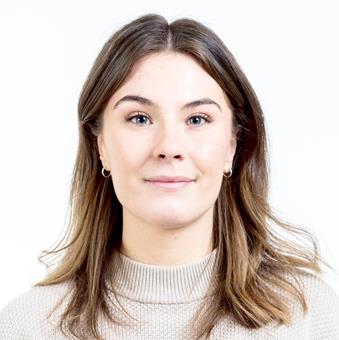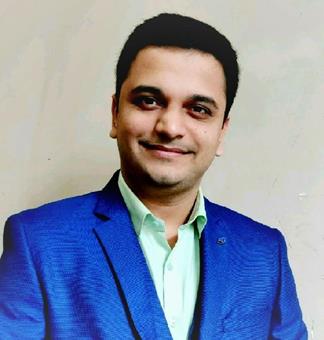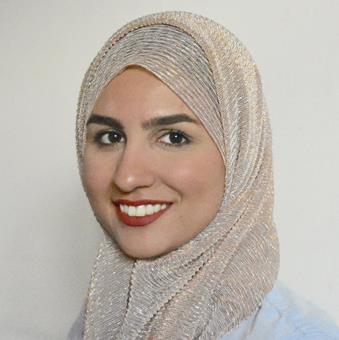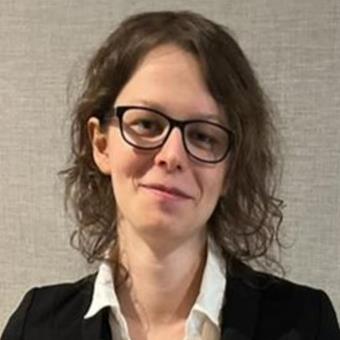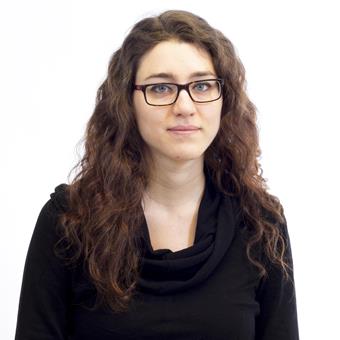Our research spans from very fundamental studies of new and innovative soft materials and devices, including novel design, synthesis and fabrication strategies, to exploration of their properties and applications in biomedicine and biotechnology. We have a large interest in molecular self-assembly. In addition to study fundamental self-assembly processes, we utilise self-assembly to create bioresposive and biointeractive materials with defined composition and nanostructure.
We are also actively engaging in collaborations with the health care sector and industry partners. Please contact us for more information!
The Laboratory of Molecular Materials is a unit at the Division of Biophysics and bioengineering at Linköping University.





